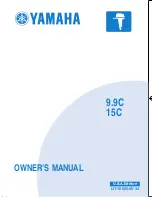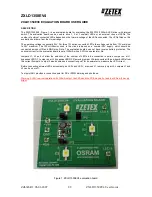
Real-Time Clock (DS 1215)
AM/PM 12/24-Hour Mode
The timekeeper is able to return data in a 12- or 24-hour mode,
selected by bit 7 of register 3. When high, the 12-hour mode is
selected; when low, the 24-hour mode is selected. In the 12-hour
mode, bit 5 of register 3 becomes the AM/PM indicator; in the
24-hour mode, this bit becomes the second BCD bit, indicating tenths
of hours.
Oscillator and Reset Bits
Reset and oscillator functions are controlled by bits 4 and 5 of register
4, the day register. The reset pin on the timekeeper chip is pulled up
to Vcc, so the reset bit should be set to 1, indicating that the reset
function is ignored on the chip. Reset’s purpose is to abort data
transfer without changing data in the timekeeper registers; it is not
used. (If this bit is set to 0, reset still has no effect.)
To enable the oscillator circuit, write a 0 to register 4, bit 5. This
enables the clock to begin to run. Writing a 1 to register 4, bit 5,
disables the oscillator. This is useful to conserve battery power when
the ZT 8809A will be in storage or unused for a time. The ZT 8809A
STD DOS systems are shipped with the oscillator bit enabled.
Zero Bits
Registers 1 through 6 contain one or more bits that always read
logical 0. When writing to these locations, either a logical 1 or a
logical 0 is acceptable.
10-8
















































